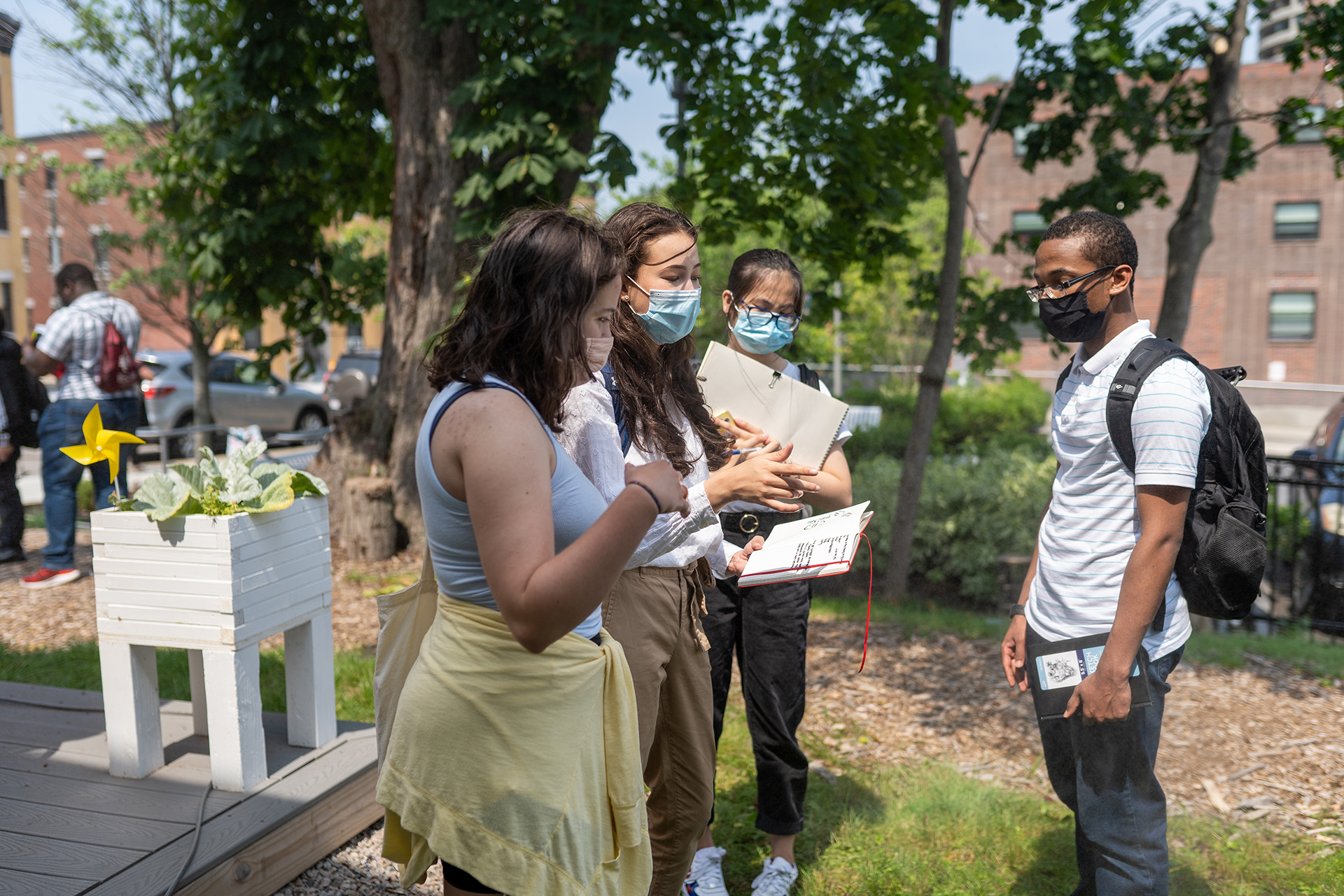September 21, 2021
SEED students design pop-up cooling spots
Anna Scherling



While we all look forward to returning the SEED program to a fully in-person format, the students still came away with a meaningful experience and a deeper understanding of the design field and the opportunities it offers. Sophia said the program was “a really helpful experience in deciding how I feel about architecture and design and I am grateful to have been a part of it.” Kiana shared that “after the 6 weeks of non-stop design, exercises, and interviews, I was opened up to a whole new world of design.”
The Sasaki Foundation would like to thank this summer’s TAs: Rebecca Dejenie, Emely Fernandez, and Shemar Stewart, and all of our Sasaki design mentors: Madelyn Albright, Diane Athaide, Madeeha Ayub, Eileen Gainfort, Timothy Gale, Diana Gallo, Elaine Limmer, Yasmin Maura-Orihuela, Emily Parris, Jordan Pulling, Kara Slocum, Rob Sugar, Lanmuzhi Yang, and Ben Zunkeler. We also would like to thank the Sasaki principals who took part in the weekly interviews: CEO James Miner, AICP; principal and Chair of Landscape Architecture, Civil Engineering, and Ecology Michael Grove, FASLA, PLA; principal and landscape architect Kate Tooke, ASLA, PLA; principal and urban designer Mary Anne Ocampo; and principal and architect Chris Sgarzi. A special thank you to Hana Estice for program support and photography, to David Morgan for his virtual reality tutorial, and to Jay Nothoff for introducing the students to Sasaki’s Fabrication Studio.
